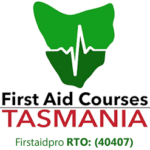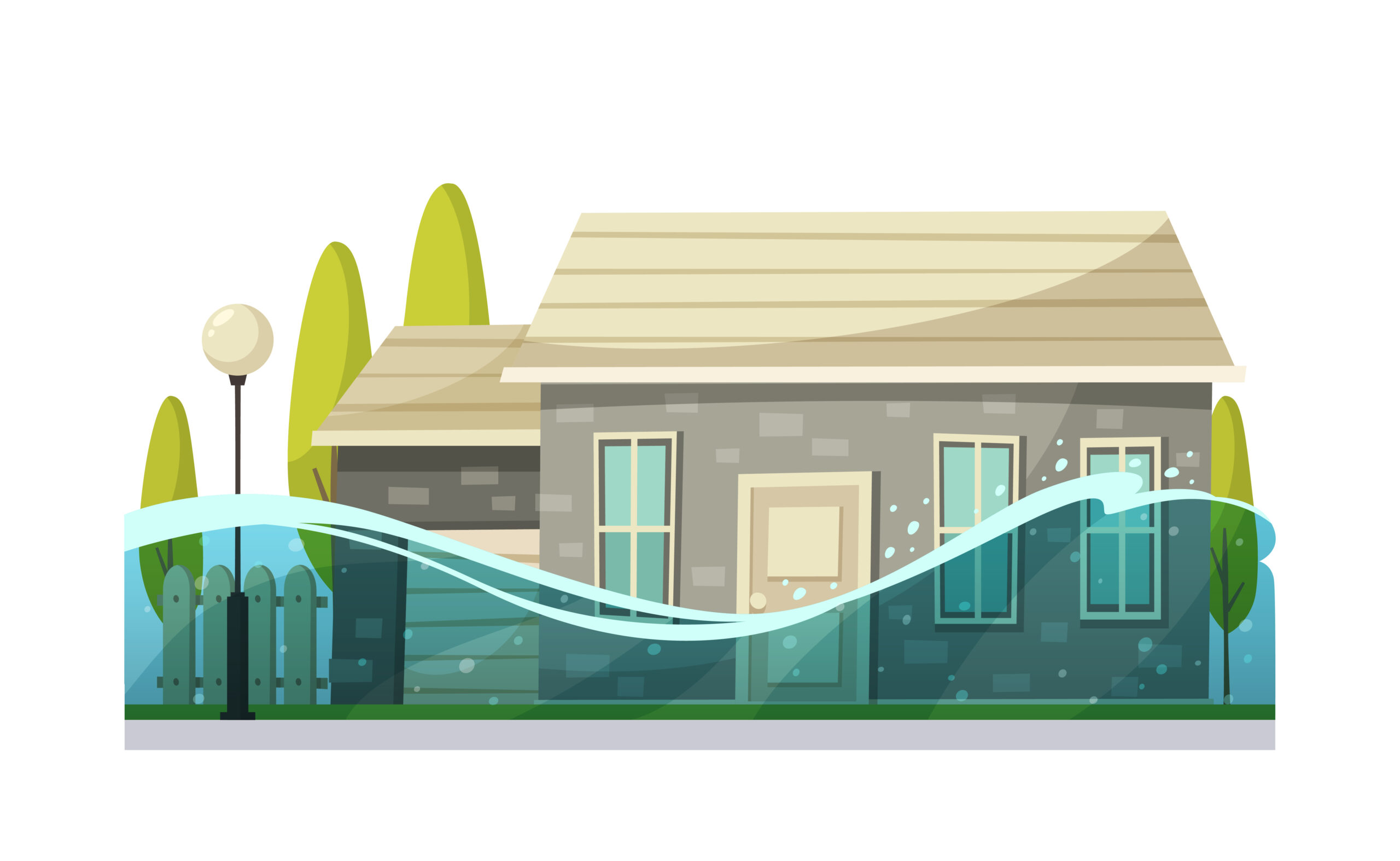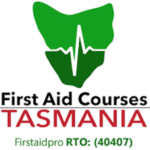Mind-body therapies are techniques used to enhance the mind’s positive impact on the body.
These practices may include different approaches, including behavioural, psychological, social, emotional, and spiritual.
What Is The Mind-body Connection?
The concept of the mind affecting overall health and illness is traced back to ancient times.
It means that one’s thoughts, feelings, beliefs, and attitudes can positively or negatively impact their biological functioning. In other words, the brain is a powerful organ that affects how our body reacts to outside factors.
On the other hand, one’s physical body and lifestyle practices – including food intake, level of physical exercise, and even posture – can affect a person’s mental state. Similar to earlier, it can be positive or negative depending on the practice.
In short, there is a complex relationship between the mind and the body.
Importance Of Mind-Body Therapies
The mind and emotions play an essential role in how a person experiences and perceive pain.
Fear, stress from high-pressure situations, and depression can amplify the discomfort more than the average reaction.
The goal of mind-body therapies is to change a person’s mental or emotional state to produce mental relaxation. It can also benefit from physical movements to focus on something positive.
Mind-body therapies can be used as a sole treatment, but they are more commonly adjuncts to other medical treatments. Research shows that such approaches can be effective, particularly in conditions associated with chronic pain.
General practitioners and other health professionals are recommended to learn and provide various mind-body treatments to patients with chronic pain.
5 Common Mind-Body Therapies
Hypnosis
Hypnosis is one of the first mind-body therapies introduced to manage pain. Over the years, this technique has established its efficacy, particularly in encouraging positive results in children and adolescents with abdominal pain.
The way it works is it alters perception and cognitive patterns to eliminate or reduce pain syndromes.
Guided Imagery
Guided imagery is another chronic pain treatment that enhances relaxation through unhooking the person’s attention from the feeling. The technique uses peaceful, soothing or symbolically therapeutic mental images to divert pain into something else.
Previous research shows that guided imagery leads to a significant reduction in musculoskeletal pain.
Yoga
Many people though yoga only improve muscle flexibility and posture through physical movements. While it is true, this technique is also considered a mind-body intervention.
Yoga movements focus on acceptance, focus, meditation, and relaxation. Scientific searches that this technique can cause significant reduction in pain and increase satisfaction with pain relief.
It is mainly associated with various conditions such as back pain, rheumatoid arthritis, headache or migraine, and other disability.
Biofeedback
Biofeedback is a technique experts use to control body functions, such as heart rate. It increases physical awareness and induces a relaxation response using electronic sensors.
Apart from relaxation, biofeedback focuses on attention and helps promote a better understanding of the mind-body relationship. It also produces a good effect on headaches in children and phantom limb pain and musculoskeletal pain.
Biofeedback training is mostly available in physical therapy clinics, medical centres, and hospitals.
Cognitive Behaviour Therapy
Any technique that changes a person’s state of mind and emotions is considered mind-body therapy, including CBT.
Cognitive behaviour therapy is a form of psychotherapeutic treatment that focuses on changing disturbing thought patterns. It changes the negative thoughts that influence emotional difficulties, depression, and anxiety.
CBT approach may involve role-playing, relaxation techniques, journaling, and other mental distractions.
The Bottom Line
Mind-body therapies and practices are among the top complementary treatments used by children and adults. These approaches focus on the interaction between the mind and body to influence overall health and bodily functions.
First Aid Courses Tasmania believes that the mind and body are inseparable.
Learn more about it in a first aid course.








